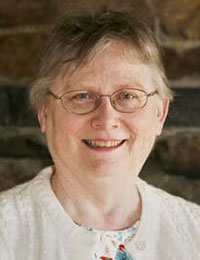 The last of Roger Thompson’s books on my shelf, and the biggest (593 pages including index), is From Deference to Defiance, Charlestown, Massachusetts, 1629–1692. Published in 2012 by NEHGS, this is the last of Thompson’s works on three founding colonial towns – Watertown, Cambridge,[1] and Charlestown. It is a pièce de résistance for descendants of Charlestown families – including a sketch on one of my most interesting ancestors, Phineas Pratt, who died in Charlestown at the age of 90 after surviving in his younger days a heroic, solitary trip through frozen woods to bring rescuers to the aid of Weymouth settlers in 1623. Continue reading Deference to defiance
The last of Roger Thompson’s books on my shelf, and the biggest (593 pages including index), is From Deference to Defiance, Charlestown, Massachusetts, 1629–1692. Published in 2012 by NEHGS, this is the last of Thompson’s works on three founding colonial towns – Watertown, Cambridge,[1] and Charlestown. It is a pièce de résistance for descendants of Charlestown families – including a sketch on one of my most interesting ancestors, Phineas Pratt, who died in Charlestown at the age of 90 after surviving in his younger days a heroic, solitary trip through frozen woods to bring rescuers to the aid of Weymouth settlers in 1623. Continue reading Deference to defiance
Tag Archives: Critical Analysis
What generation am I?

Following up on a post by David Allen Lambert on the question of identity, a semi-related topic involves the generation in the United States to which someone belongs. In my experience, this might mean something different for a genealogist belonging to a family long resident in America, as opposed to the child or grandchild of a recent immigrant.
My most recent immigrant ancestors were my great-great-great-grandparents Joseph Kelly and Rebecca Nelson, who came over from Ireland to Philadelphia in the 1840s and married there in 1850. Through that part of my ancestry, I would call myself sixth generation. I count Joseph and Rebecca as the first generation, and would describe it in a genealogy as follows: Continue reading What generation am I?
Another place
“It is good people who make good places.” – Anna Sewell
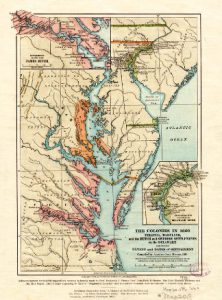
Like most of us discovering our family history, I rely heavily on census records. Often we come across numerous variations in the spelling of names of people, places, and things as we review those records. Recently, in looking through a few extended branches of my tree in differing U.S. Federal Census records, I discovered that a place can mean many different things.
I found an example of this with my great-great-grandfather, John Henry Record (1840–1915). John Record was from Maryland’s Eastern Shore, and (for the most part) records reflecting his origins, and those of his parents, are generally consistent with that area. However, with the arrival of the U.S. Federal Census for 1900 my progenitor states that his mother was born in Sweden. Sweden? Continue reading Another place
Crowdsourcing
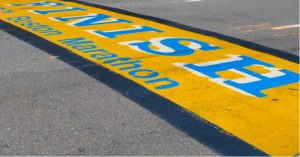 Implementing crowdsourcing as the chief means of gathering information has had success from Wikipedia and the Oxford English Dictionary to Planters Peanuts. In fact, I would be so bold as to put Vita Brevis on this list – as comments from our readers have led to many breakthroughs in our bloggers’ brick walls.
Implementing crowdsourcing as the chief means of gathering information has had success from Wikipedia and the Oxford English Dictionary to Planters Peanuts. In fact, I would be so bold as to put Vita Brevis on this list – as comments from our readers have led to many breakthroughs in our bloggers’ brick walls.
Case in point: On 20 April 2015, I wrote a blog post (Where did the first Boston Marathon winner go?) in which I lamented the problems facing genealogists, especially when asked to locate a person with a very common name in a very large place. Continue reading Crowdsourcing
A twinkling star
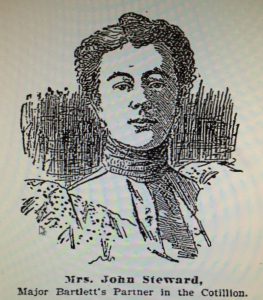
Americans tend to reject the notion of operating within a “social class” structure, although it is sometimes easier to see ourselves as “better than” one person as opposed to “lesser than” another. At the same time, we consume (and relish) the higher gossip associated with European royal families and Hollywood movie stars, and Cleveland Amory – one among a number of authors on the subject – devoted a whole book to the question “Who Killed Society?”[1]
During the last quarter of the nineteenth century, Americans treated “Society” as a kind of blood sport. Continue reading A twinkling star
Two gravestones, one body
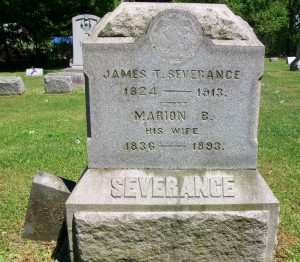
Finding two gravestones for the same person – particularly a widowed person who marries again, or perhaps moves further west – is something not uncommon in genealogical research. A gravestone may be inscribed with both parties’ names with the death date of the living party left empty for when their time comes. However, even when that year is filled in, don’t necessarily think both people are under the same earth. Continue reading Two gravestones, one body
Divided We Stand
 Getting back to our Roger Thompson book club, the next title on my shelf is Divided We Stand, Watertown, Massachusetts, 1630-1680.[1] Here Thompson presents a holistic view of what it was like living in Watertown by studying five areas – I. New World from Old (The Lie of the Land, The Peopling of Early Watertown, 1630–1640, and The View from the Stour), II. Foundations (Government, Land, and religion), III. Economy (Living with Livestock, and Livelihood: The Town’s Economy), IV. Care in the Community (Welfare, The Rising Generation, The Family), and V. Reinforcing Consensus (Invisible Indians, “Foreigners” and Community); followed by a conclusion, “Continuity and Change, Decline and Discord.” Continue reading Divided We Stand
Getting back to our Roger Thompson book club, the next title on my shelf is Divided We Stand, Watertown, Massachusetts, 1630-1680.[1] Here Thompson presents a holistic view of what it was like living in Watertown by studying five areas – I. New World from Old (The Lie of the Land, The Peopling of Early Watertown, 1630–1640, and The View from the Stour), II. Foundations (Government, Land, and religion), III. Economy (Living with Livestock, and Livelihood: The Town’s Economy), IV. Care in the Community (Welfare, The Rising Generation, The Family), and V. Reinforcing Consensus (Invisible Indians, “Foreigners” and Community); followed by a conclusion, “Continuity and Change, Decline and Discord.” Continue reading Divided We Stand
Strong emotions
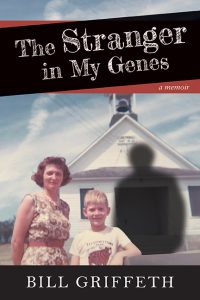 Several weeks ago I received an email from an acquaintance of mine, a man I will describe only as a prominent African American personality. Let’s call him Alex. He emailed to say he had read my book, The Stranger in My Genes, and he wanted to discuss something with me. Privately.
Several weeks ago I received an email from an acquaintance of mine, a man I will describe only as a prominent African American personality. Let’s call him Alex. He emailed to say he had read my book, The Stranger in My Genes, and he wanted to discuss something with me. Privately.
My book, published by NEHGS, tells the story of a DNA test I took to help a cousin with his genealogical research. The results were shocking. They revealed that my father was not my father. Since it was released in September of 2016, I have heard from dozens of people – friends and strangers – who have had similar experiences. I assumed Alex was only the latest. Continue reading Strong emotions
One more!
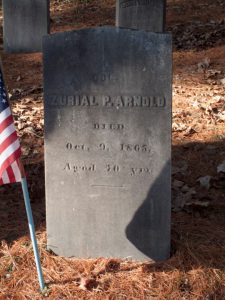
An example of how a final spouse might be overlooked occurred when I was researching a “double Lippitt” spouse, Zurial Potter Arnold (1795–1865) of Eastford, Connecticut.[1] Zurial was married to two daughters of Moses and Anstress (Holden) Lippitt of Killingly, Connecticut. He first married Ann Lippitt in 1816; she died in 1823. He then married Ann’s sister Hannah in 1824. I found a reference to Zurial’s 1865 death on findagrave, which showed he was buried near a total of four wives, as also shown below in the Charles R. Hale Collection of Connecticut Cemetery Inscriptions. Continue reading One more!
Lost but not forgotten
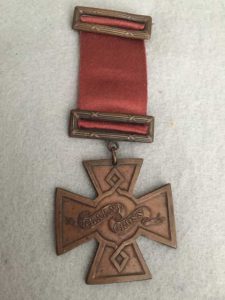
“The legacy of heroes is the memory of a great name and the inheritance of a great example.” ~ Benjamin Disraeli
Somewhere out on that big blue horizon, under a Rocky Mountains moon, there is a soldier’s grave – or at least so my family thinks. His name was John E. Lee, and he was attached to Company G in Michigan’s Fighting Fifth” during America’s Civil War. He enlisted in 1861, and served for the war’s duration. He fought at Chancellorsville and was awarded the Kearny Cross for bravery.[i] Wounded at Gettysburg, he was a prisoner of war in the overflow camps of Andersonville – from which he escaped.[ii] Continue reading Lost but not forgotten